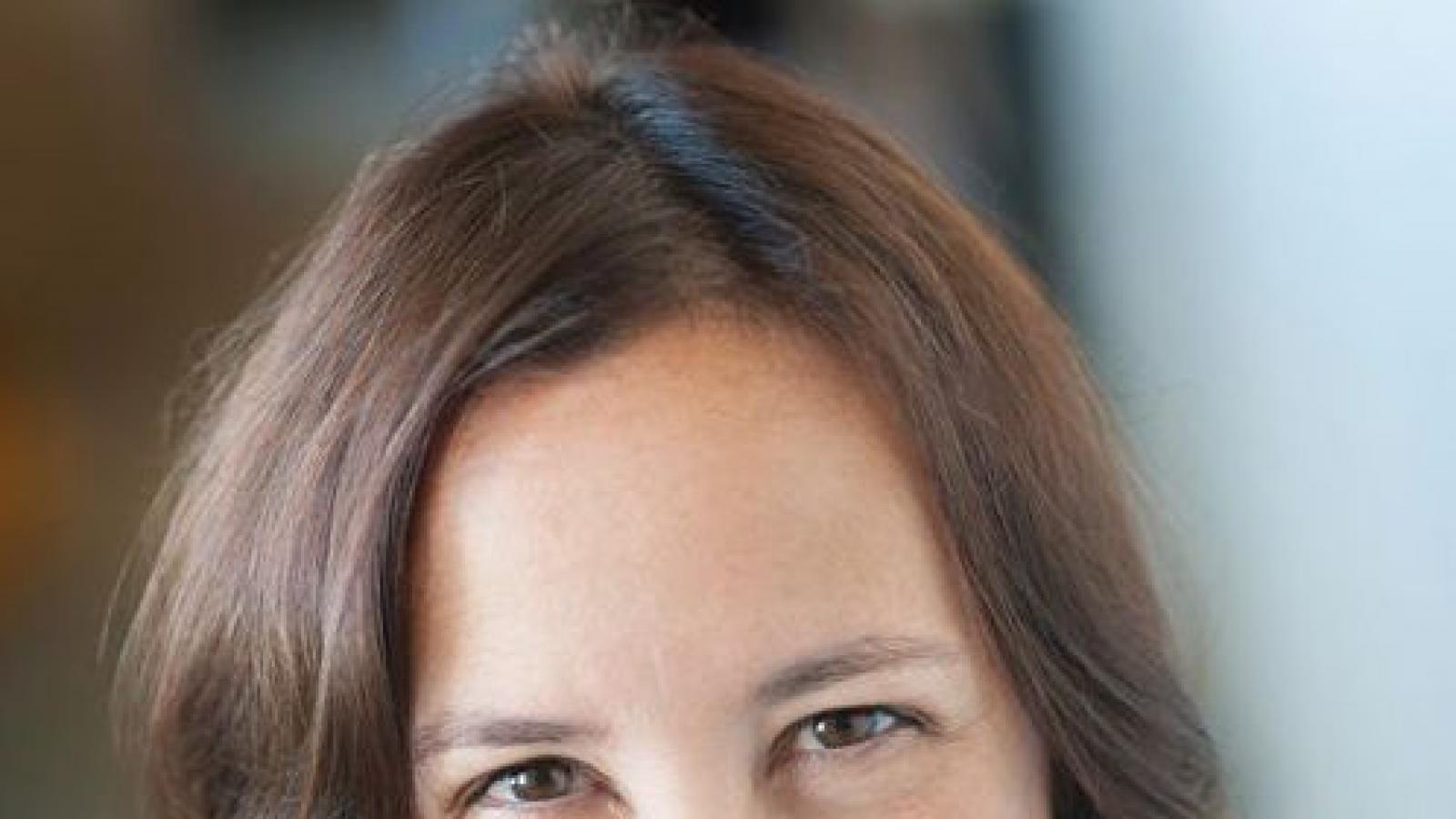Inspired by Children’s Picture Books: Creative Writing Prompts for the Whole Family

I have hundreds of picture books in my home. Some of them belong to my two sons, who are now eight and 11, but most of them belong to me. Now that the schools are closed and we’re sheltering in place, I’ve been pulling them off the shelves and finding inspiration among their pages, often in the form of creative writing prompts for my boys. I recently had the epiphany that they could be fun prompts for me, too, and that I could share what I write with my kids as they’re sharing what they write with me.
If there are school-age children at home, everyone in the family can keep a journal. I write in mine every few days, and I do write (instead of typing on a computer), mostly so that I don’t get bogged down with editing. I highly recommend journaling as a cathartic way to distinguish one day from the next and to hold onto memories from these unprecedented times. Everyone in the family can also write letters to friends and family and perhaps even to one’s future self. Those will also undoubtedly be keepsakes.
Here are some other writing ideas for the family to share, along with the wonderful picture books that inspired them.
• Honor older relatives by interviewing them about their lives. Record some of their stories set in the years before you were born. Write them down and share the stories with other family members. (Abuela by Arthur Dorros, illustrated by Elisa Kleven and Ocean Meets Sky by Terry and Eric Fan)
• Imagine that your job is to assign color to all the things in the world that don’t have an obvious color — like air, love, a violin concerto. What color would some of these things be and why? (What Color is the Wind? By Anne Herbauts)
• Look at a map or globe and see if you can find a place in each of the 24 time zones. Then (perhaps after a bit of research), imagine what a person your age might be doing in each of those places at exactly the same moment. (Hint: some of them will be sleeping, but where and how are they sleeping?) (At the Same Moment Around the World by Clotilde Perrin)
• Look around your home and find a few everyday objects (e.g., a whisk, a paperclip, a hairbrush). Now imagine that you’re seeing them for the first time and don’t know what they are. Imagine that each of them has a magical power. Can you write a poem or story with some of these repurposed objects? (On a Magical Do-Nothing Day by Beatrice Alemagna)
• Think of some of your favorite (or not-so-favorite) fictional characters. Now imagine that these characters have secret lives that no one knows about but you. Describe some of these secret lives as if you were a top-notch private investigator on their trail. (The Secret Lives of Princesses by Philippe Lechermeier, illustrated by Rebecca Dautremer)
• Find some close-up photos or drawings or paintings of human faces that are looking directly at you, the viewer (online or in books or old magazines). Do they look vulnerable? Defiant? Sad? Strange? What might they want to tell you that they’re afraid to say? Give them a voice; have them confide in you and only you. (I Wish by Toon Tellegen, pictures by Ingrid Godon, translated from the Dutch by David Colmer)
• Invent a new language. Share it with a family member and see if you can communicate. Think about why you assigned certain sounds to certain meanings. Try translating a sentence you see somewhere in your home into your new language. Does this make you think about words and language in new ways? (Du Iz Tak? By Carson Ellis.)
• Take two words and smoosh them together to make up a new word and then write a short story about that new word. For example, a “potato” and a “toad” might become a “potatoad.” What does a potatoad look like? Where does it live and what is its daily routine? (Scranimals by Jack Prelutsky, pictures by Peter Sis)
For more on the books Amy Stolls is reaching for right now, listen to her National Endowment for the Arts podcast chat with our audio producer Josephine Reed.




